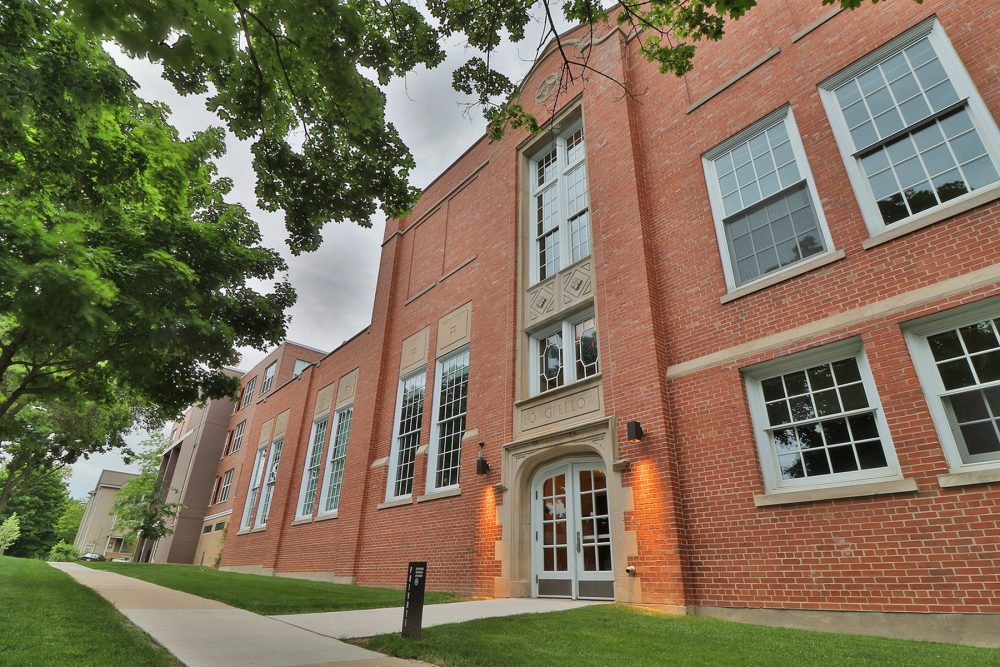The Empire State Building. The San Francisco Ferry Building. Faneuil Hall. Grand structures around the United States stand as icons of their cities today, in part because of the 36-year-old federal historic tax credit (HTC) program.
Designed to provide a 20 percent income tax credit for the rehabilitation and commercial use of certified historic buildings as long as work complies with the Secretary of the Interior’s Standards for Rehabilitation, the HTC program has made it possible to adapt more than 41,250 buildings for productive use. It’s also created 2.3 million jobs and leveraged nearly $117 billion in private investment.
And while the famous buildings mentioned above may have been rehabbed even without the tax credit, the absence of this program would mean that tens of thousands of lesser-known buildings now contributing to the livability and economies of their communities most certainly would have been demolished or lost to neglect.
But despite its positive nationwide impacts, the federal HTC program remains threatened by tax reform on Capitol Hill—particularly right now. During each of the past six White House administrations, new tax legislation has been introduced within the first year. And while President Trump has used historic tax credits to fund real estate development, it is uncertain whether the program will be included in his (and pending Congressional) recommendations for reforming the tax code.
What we do know is that the most recent comprehensive tax reform legislation, which was introduced in Congress in 2014, called for eliminating the HTC altogether. If the HTC were repealed, owners of historic theaters, train terminals, grocery stores, firehouses, and factory buildings across the nation would lose a key financing incentive, and that could mean the difference between rehabilitation and demolition.
Here, Preservation presents examples of three thriving buildings that would have been lost if not for the HTC program.
Click here to continue reading about Longfellow Lofts, Knapp’s Centre, and Schmidt Brewery »
This article was first published in Preservation Magazine by Dennis Hockman.

